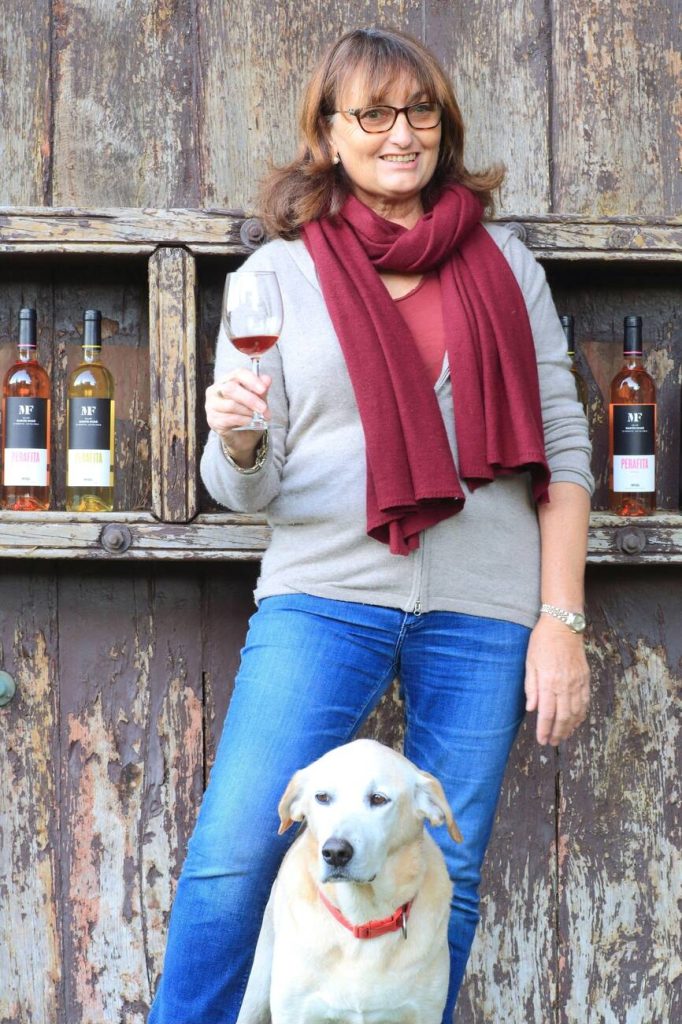Are you ready to discover the perfect bottle of rosé wine? Look no further, because this guide is here to help you navigate the world of rosé with confidence. Whether you’re hosting a summer soirée or simply enjoying a glass on your patio, choosing the right rosé can enhance any occasion. From understanding the process of making rosé to considering factors like vintage and regionality, we’ll explore everything you need to know to find that ideal bottle. So, let’s raise a glass and embark on this delightful journey together!
Contents
- Understanding the Process of Making Rosé
- Importance of Vintage in Choosing Rosé
- Considering Regionality and Varietal in Rosé Selection
- Recommended Rosé From Provence, France
- Pays D’oc, France – a Region for Affordable Rosé
- Factors to Consider When Choosing a Rosé Wine
- Importance of Color in Choosing a Rosé Wine
- Considerations for the Vintage of a Rosé Wine
Understanding the Process of Making Rosé
Rosé is made through different methods, such as maceration or saignée, which affect the color and flavor of the wine. When you buy rosé wine, it’s important to understand how it was made. Maceration involves crushing grapes and leaving the juice with the skins to macerate, resulting in a range of colors from pale pink to deep rose. Saignée method, on the other hand, involves bleeding off some of the juice from red wine fermentation to create a pink hue. The method used can impact the intensity and complexity of flavors in the bottle of rosé wine you choose. So when you’re looking for a bottle of rosé for sale, consider how much is rosé and what method was used to make it to ensure you find one that suits your taste preferences.
Importance of Vintage in Choosing Rosé
When considering which rosé to select, it’s important to take into account the vintage year for optimal flavor and freshness. Vintage plays a significant role in the taste profile of a bottle of rosé. Here are some key factors to consider:
- Aging: Rosés don’t age well, so it’s best to look for a prior year’s vintage. Older vintages may have more subdued flavors.
- Fruit-forwardness: The vintage affects the fruit-forward characteristics of rosé. A 2016 vintage would be ideal for the summer of 2017.
- Acidic levels: Vintage also impacts the acidity of the wine. Different years can result in varying levels of acidity.
- Recommendations: If unsure about older vintages, ask for recommendations from sommeliers or wine experts.
Taking these factors into account will help you select a bottle of rosé that suits your preferences and ensures an enjoyable drinking experience.
Considering Regionality and Varietal in Rosé Selection
To make an informed decision when selecting a rosé, take into consideration the region and grape varietals used in production. Different regions have different styles and flavors of rosé, so understanding the regionality is key. Old World wines from Europe, such as Provence in France, have earthier flavors, while New World wines from other regions tend to be fruitier. Pay attention to the grape varietals used as well. Cinsault, Grenache, and Syrah are common grape varietals used in Provence rosés, resulting in a pale pink color with floral aromas and refreshing acidity. If you’re looking for more affordable options, Pays d’Oc in southern France offers great rosés at various price points. By considering both the region and grape varietals used in production, you can choose a rosé that suits your preferences perfectly.
Recommended Rosé From Provence, France
If you want a quintessential Provence rosé with a pale pink color, floral aromas, and refreshing acidity, Miraval is the recommended choice from France. This iconic rosé is made from a blend of Cinsault, Grenache, and Syrah grapes, resulting in a wine that perfectly embodies the spirit of Provence. Here are two key reasons why Miraval stands out among other rosés:
- Celebrity Ownership: Miraval is famously owned by Brangelina (Brad Pitt and Angelina Jolie), adding an element of glamour to this already exceptional wine. Their commitment to producing high-quality rosé has garnered international acclaim.
- Sustainable Practices: The winery follows sustainable farming practices, ensuring that each bottle reflects their dedication to environmental stewardship. By choosing Miraval, you not only enjoy a delicious rosé but also support responsible winemaking.
Experience the elegance and finesse of Provence with Miraval – the perfect choice for any occasion.
Pays D’oc, France – a Region for Affordable Rosé
Pays d’Oc in southern France offers an array of affordable rosés that provide excellent value for money. When it comes to choosing a great rosé, the region plays a significant role. Pays d’Oc is known for producing high-quality wines at more accessible price points compared to other regions. These rosés have a newer world style and may not adhere to strict classification systems. However, they still offer exceptional flavor profiles and can be enjoyed by a wide range of consumers. Exploring the different rosés from Pays d’Oc allows you to discover new flavors while staying within your budget. So, whether you’re planning a picnic or hosting a dinner party, consider selecting one of these affordable and delicious rosés from Pays d’Oc.
Factors to Consider When Choosing a Rosé Wine
Consider the color, grape variety, vintage, alcohol volume, and origin when selecting a rosé wine. These factors will help you make an informed decision and find the perfect bottle to suit your taste.
- Color:
- Lighter shades indicate fruity and citrus notes.
- Darker shades denote strawberries and red fruits.
- Grape variety:
- Different varieties result in different flavors and aromas.
- Syrah and Bobal produce more powerful colors, while Tempranillo or Garnacha tend to be lighter.
- Vintage:
- Rosé wines are best consumed within two years of harvest.
- Aging can flatten out the flavor.
- Alcohol volume:
- Rosés should generally have an alcohol content of no more than 13 degrees to maintain their lightness.
- Origin:
- Certain regions like Provence, California, Bordeaux, or the north of Spain are often a safe bet for quality rosé wines.
Importance of Color in Choosing a Rosé Wine
The color of a rosé wine provides important information about its flavors and aromas. Lighter shades indicate fruity and citrus notes, while darker shades denote strawberries and red fruits. The color is determined by maceration time and grape variety, indicating tannin levels and complexity. When choosing a rosé wine, consider the color based on your preferences. If you enjoy light and fruity flavors, opt for a lighter shade. For those who prefer pronounced and strong tastes, go for a darker color. Remember that the color also adds to the visual appeal of the wine, so choose according to the moment you want to spend with it – lighter colors are perfect for an aperitif or by the poolside, while darker colors pair well with dinner.
Considerations for the Vintage of a Rosé Wine
When selecting a rosé, it’s important to take into account the vintage of the wine to ensure you enjoy its optimal freshness and flavor. The vintage refers to the year in which the grapes were harvested and turned into wine. Here are some considerations for the vintage of a rosé wine:
- Aging projection: Rosé wines are best consumed within two years of their harvest to maintain their freshness. As they age, their flavors tend to flatten out.
- Freshness factor: Rosé grapes are selected for their freshness and fermented at low temperatures, resulting in a tasty and fresh end product.
Considering these factors will help you choose a rosé with vibrant flavors that is at its peak enjoyment level. So, don’t forget to check the vintage when picking your next bottle of rosé!




